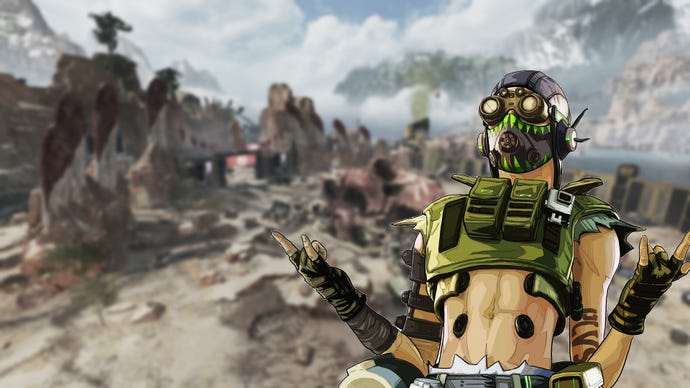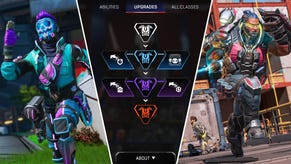The hardest thing about Apex Legends’ launch, 5 years ago? “It was too successful”, says dev
Apex Legends has been a free-to-play, live service success story since 2019 – and there aren’t an awful lot of those around.
There are some problems that, as a developer, it must be pretty nice to have. Imagine, at the beginning of 2019 – near the height of the battle royale frenzy that gripped the industry in the Xbox One/PS4 generation – stealth-launching one of the best free-to-play games that combined the melee of Fortnite with the traversal and gunplay of Titanfall. It was always going to be a success, but the developer wasn’t prepared for quite how much of a success it was.
“When Apex Legends came out, it was too viral,” explains Moy Perra, animation director at Respawn Studios. “We weren't ready for that kind of success. If we could do it all again, I'd want to have better infrastructure in place, so that we could scale up to manage the success.”
Perra explains that the studio was not expecting the 2019 battle royale title – the first, at the time, to really challenge Fortnite’s reign – to be as popular as it was. The game managed to attract 25 million players by the end of its first week, before wrapping up its first 30 days online with a massive 50 million registered players.
“It's a dream problem to have as a developer, of course,” laughs Perra. “And since then, we've been able to pivot in some areas for more sustainable methods, but it was a problem at the time for sure.”

As you’d expect from an animation director, Perra was specifically referring to a lot of the tools Respawn (and EA’s in-house art team, EA Create) were using to develop new heroes – how they’d log motion capture, hand key animations, and process data related to in-progress heroes that’d slowly start to pad out the game’s six initial heroes (Bangalore, Bloodhound, Gibraltar, Pathfinder, Wraith, and Lifeline).
To this day, though, there are still some elements that the team keeps in place from those whirlwind early days. Perra highlights the commitment to making sure everything you, as a player, see from the first-person perspective is hand-animated.
“We have an extremely specific way that we like to animate weapons that suits the kinetic way [Apex Legends] feel,” he explains. Everything is very punchy and spirited, and motion capture doesn't often capture that – that's why we don't do first-person motion capture, ever. To this day. It's all hand-keyed.”
Perra mentions that there is new tech that Respawn is looking into that’ll smooth out the pipeline more in the coming years, but that’s more related to the cinematics and other areas of the game – your lucious Apex Legends heirloom inspections, for example, are always going to have dedicated artists making sure they look as good as they have since launch.
Apex Legends, Season 20: Breakout, launches on February 13, 2024. If you need more FPS titles to check out, you can hit up our list of best FPS games in 2024.
Note: EA provided travel and accommodation for a media summit to cover Apex Legends Season 20: Breakout.








